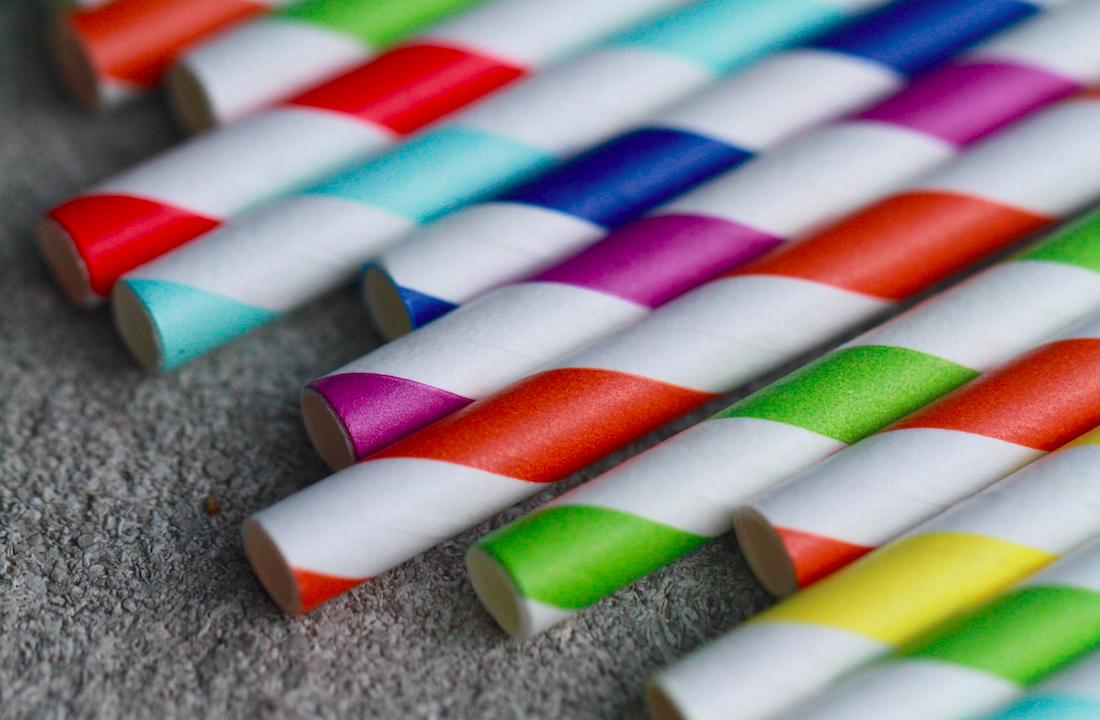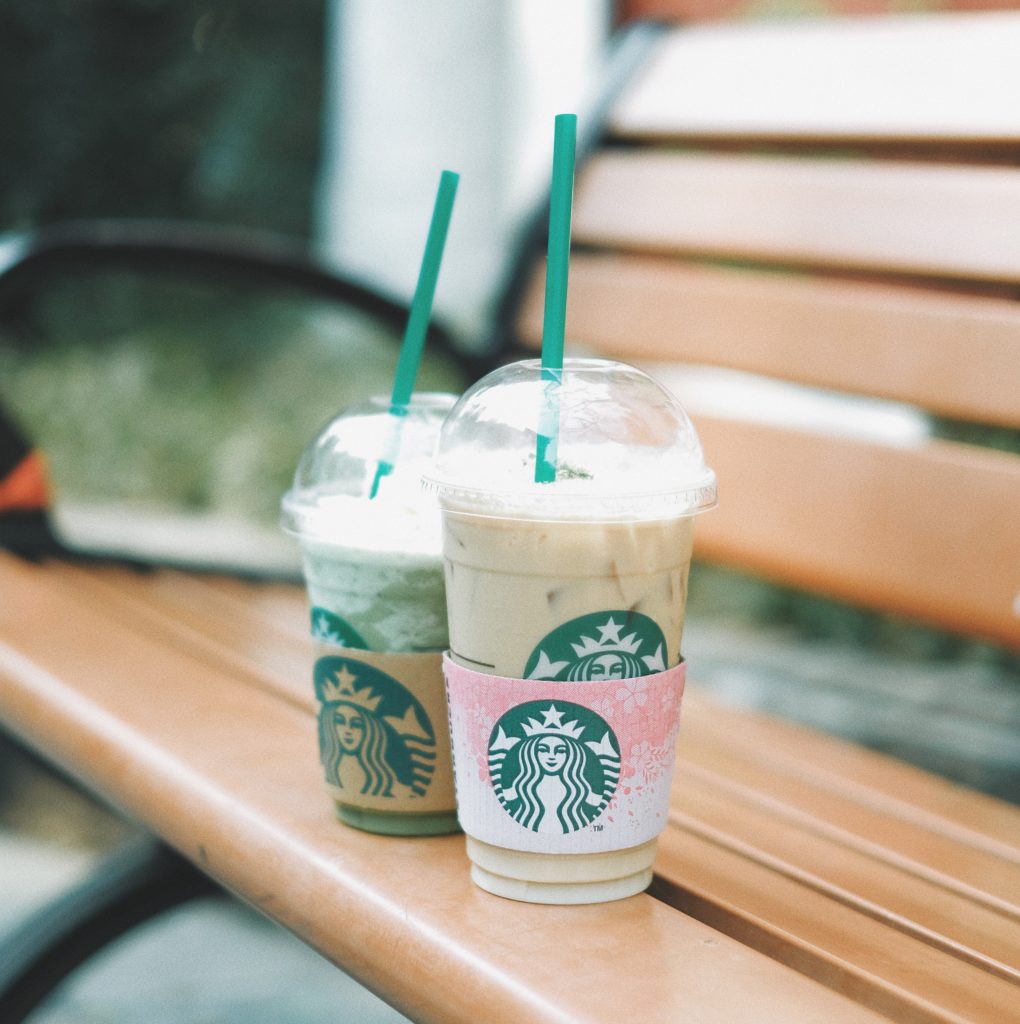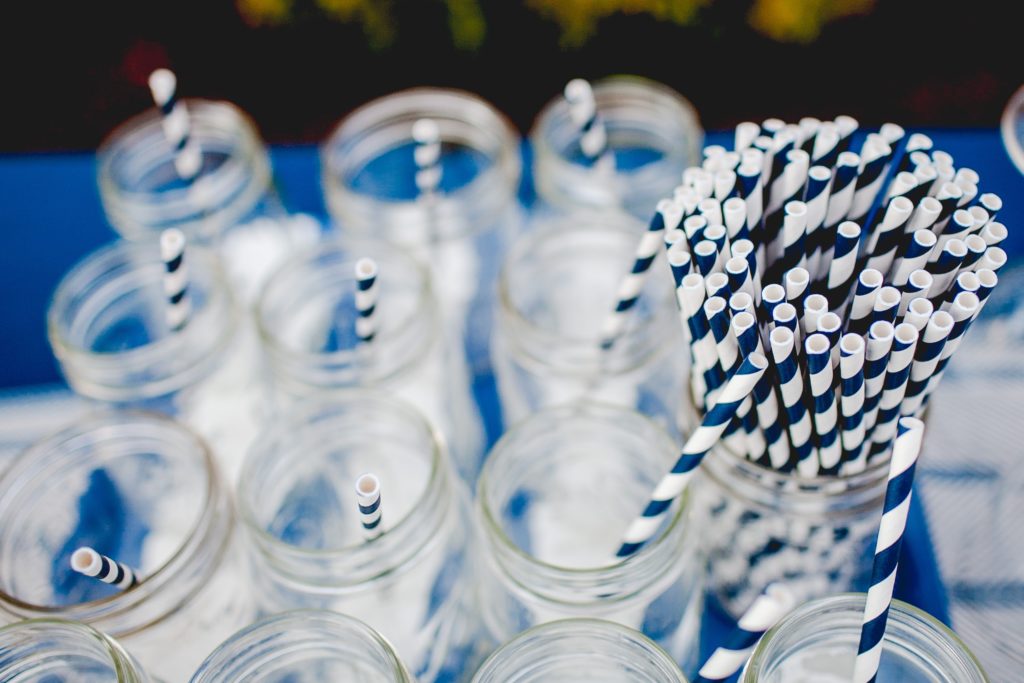Sustainability March 30, 2020
A crash-course on why reducing your plastic footprint matters, and how you can start.


In 2018, the anti-straw movement kicked off, quickly gaining traction via Twitter with hashtags like #StopSucking and #SavetheTurtles. Many people and companies were quick to get behind the movement and make the jump to eco-friendly straws. Still, there are some questions that need to be answered regarding why plastic is bad and why biodegradable is better. Below are some frequently asked questions regarding the movement towards biodegradable straws and some facts to fill those knowledge gaps.
The premise behind this movement is that plastic straws are bad for the environment, and there are now more eco-friendly options available. Now more than ever, there is more plastic being produced for single uses; as a result, plastic waste can be found in every corner of the Earth.
The reason this is causing such a problem is that the plastic being thrown away never truly biodegrades; instead, this plastic simply breaks down into smaller segments. These pieces of plastic are then ingested by animals and wildlife.
The average person uses 1.6 straws per day, and America alone is guilty of using 500 million drinking straws per day. These daunting numbers are the driving force behind the anti-straw movement. Additionally, we now know about the overproduction, overuse, and negative effects of plastic straws. There is no longer any excuse to simply use and throw away plastic straws with so many alternatives available.
It should come as no surprise that a plastic item that is used once and then disposed of has some environmental repercussions. In fact, it has been known for years that plastic straws were bad for the environment; yet, the movement has recently gained the traffic necessary to initiate positive changes.


Biodegradable is simply a catchall word for anything that takes less time and fewer toxins to break down and return to the earth. Companies such as Starbucks and Alaska Airlines have been major players in the push towards minimizing plastic straw usage. Starbucks has vowed to eliminate plastic straws from all locations by this year – 2020, and Alaska Airlines has already abandoned plastic straws.

It should come as no surprise that single-use plastic straws are affecting the environment and making a big dent in the global plastic footprint. Using biodegradable straws is an easy way to start reversing that effect; by switching to an alternative that degrades quickly and more naturally, less wildlife will ingest broken down pieces, and the amount of plastic cluttering the environment will stop increasing.
With the recent traction this movement has gained, many alternatives to single-use plastic straws have become available. Paper straws, reusable metal straws, and compostable plastic straws have all become leading options to replace their plastic predecessor.
Paper straws have replaced plastic at many businesses, companies, and restaurants. These cheap-to-make, easy-to-compost options were actually used in the 1800s, and have recently made a comeback. When it comes to biodegradable straws, paper ones are a front-runner.


People have also turned to more natural substances to make eco-friendly straws. Hay straws, made from 100% biodegradable, chemical-free wheat, are a gluten-free option for drinking straws. These straws are 100% natural and are gaining popularity in drinks and cocktails.
One of the more popular alternatives is compostable plastic straws, also known as polylactic acid (PLA). This kind of straw is the most similar to the typical plastic straw but is made from all-natural ingredients including plant starches, oils, and corn. The difference is that compostable plastic straws can biodegrade in up to 6 months, rather than the 200 years it takes a regular plastic straw.
Switching from single-use plastic straws to biodegradable straws is a small way businesses and individuals can make a big impact on the environment. Each year over 1 million wildlife creatures die from ingesting plastic. Every person that vows to switch to biodegradable alternatives brings us one step closer to keeping this number down.